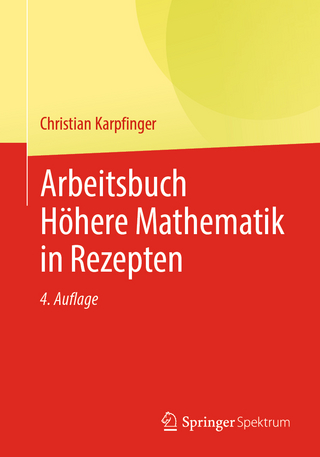
The Evolution Problem in General Relativity
Springer-Verlag New York Inc.
978-1-4612-7408-7 (ISBN)
The main goal of this work is to revisit the proof of the global stability of Minkowski space by D. Christodoulou and S. Klainerman, [Ch-KI]. We provide a new self-contained proof of the main part of that result, which concerns the full solution of the radiation problem in vacuum, for arbitrary asymptotically flat initial data sets. This can also be interpreted as a proof of the global stability of the external region of Schwarzschild spacetime. The proof, which is a significant modification of the arguments in [Ch-Kl], is based on a double null foliation of spacetime instead of the mixed null-maximal foliation used in [Ch-Kl]. This approach is more naturally adapted to the radiation features of the Einstein equations and leads to important technical simplifications. In the first chapter we review some basic notions of differential geometry that are sys tematically used in all the remaining chapters. We then introduce the Einstein equations and the initial data sets and discuss some of the basic features of the initial value problem in general relativity. We shall review, without proofs, well-established results concerning local and global existence and uniqueness and formulate our main result. The second chapter provides the technical motivation for the proof of our main theorem.
1 Introduction.- 1.1 Generalities about Lorentz manifolds.- 1.2 The Einstein equations.- 1.3 Local existence for Einstein’s vacuum equations.- 1.4 Appendix.- 2 Analytic Methods in the Study of the Initial Value Problem.- 2.1 Local and global existence for systems of nonlinear wave equations.- 2.2 Weyl fields and Bianchi equations in Minkowski spacetime.- 2.3 Global nonlinear stability of Minkowski spacetime.- 2.4 Structure of the work.- 3 Definitions and Results.- 3.1 Connection coefficients.- 3.2 Bianchi equations in an Einstein vacuum spacetime.- 3.3 Canonical double null foliation of the spacetime.- 3.4 Deformation tensors.- 3.5 The definitions of the fundamental norms.- 3.6 The initial data.- 3.7 The Main Theorem.- 4 Estimates for the Connection Coefficients.- 4.1 Preliminary results.- 4.2 Proof of Theorem Ml.- 4.3 Proof of Theorem 4.2.1 and estimates for the zero and first derivatives of the connection coefficents.- 4.4 Proof of Theorem 4.2.2 and estimates for the second derivatives of the connection coefficients.- 4.5 Proof of Theorem 4.2.3 and control of third derivatives of the connection coefficients.- 4.6 Rotation tensor estimates.- 4.7 Proof of Theorem M2 and estimates for the D norms of the rotation deformation tensors.- 4.8 Appendix.- 5 Estimates for the Riemann Curvature Tensor.- 5.1 Preliminary tools.- 5.2 Appendix.- 6 The Error Estimates.- 6.1 Definitions and prerequisites.- 6.3 The error terms ?2.- 6.4 Appendix.- 7 The Initial Hypersurface and the Last Slice.- 7.1 Initial hypersurface foliations.- 7.2 The initial hypersurface connection estimates.- 7.3 The last slice foliation.- 7.4 The last slice connection estimates.- 7.5 The last slice rotation deformation estimates.- 7.6 The extension argument.- 7.7 Appendix.- 8 Conclusions.- 8.1 The spacetimenull infinity.- 8.2 The behavior of the curvature tensor at the null-outgoing infinity.- 8.3 The behavior of the connection coefficients at the null-outgoing infinity..- 8.4 The null-outgoing infinity limit of the structure equations.- 8.5 The Bondi mass.- 8.6 Asymptotic behavior of null-outgoing hypersurfaces.- Reference.
| Reihe/Serie | Progress in Mathematical Physics ; 25 |
|---|---|
| Zusatzinfo | 400 p. |
| Verlagsort | New York |
| Sprache | englisch |
| Maße | 155 x 235 mm |
| Themenwelt | Mathematik / Informatik ► Mathematik ► Algebra |
| Mathematik / Informatik ► Mathematik ► Analysis | |
| Mathematik / Informatik ► Mathematik ► Angewandte Mathematik | |
| Mathematik / Informatik ► Mathematik ► Geometrie / Topologie | |
| Naturwissenschaften ► Physik / Astronomie ► Relativitätstheorie | |
| Naturwissenschaften ► Physik / Astronomie ► Theoretische Physik | |
| ISBN-10 | 1-4612-7408-7 / 1461274087 |
| ISBN-13 | 978-1-4612-7408-7 / 9781461274087 |
| Zustand | Neuware |
| Informationen gemäß Produktsicherheitsverordnung (GPSR) | |
| Haben Sie eine Frage zum Produkt? |
aus dem Bereich


